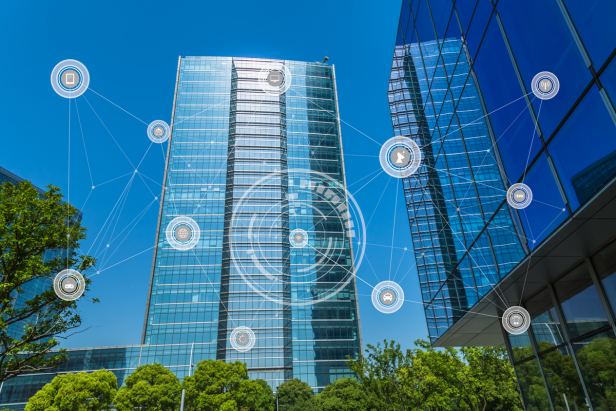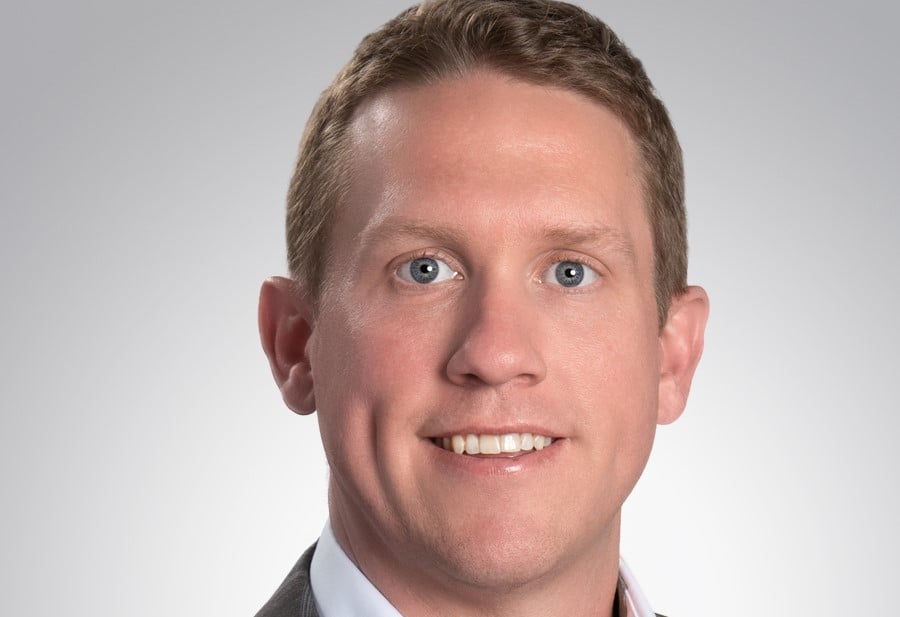There's nothing unusual about highly polluted so-called superfund sites — there are 1,889 on the EPA's National Priority List — and those are the just the worst of the worst. Many are in places where further construction is critical, or where there are already buildings in place and use. For example, according to the EPA, a number of superfund site in California alone are under use by such entities and facilities as Sacramento's Robert T. Matsui Waterfront Park, Texas Instruments, and Apple.
Remediation is the term of art, trying to remove as much of the pollution as possible and prevent toxins from affecting people in buildings. To that end, Land Science, a division of Regenesis, announced that it had been granted a US patent for a geomembrane that is installed as part of new building construction.
An encapsulated metalized layer is laid on a floor and then is covered with a nitrile-modified asphalt spray coating. The asphalt provides a surface that builders can deal with while nitrile is strongly resistant to chemicals.
Recommended For You
The new technology "utilizes metalized film, a material proven to be highly effective at preventing the diffusion of contaminant gases," a company press release says. "The advanced composite membrane prevents corrosion of the encapsulated metalized film and provides multiple layers of protection — including a reinforced grid geomembrane and geotextile that ensure greater tensile strength and enhanced durability while minimizing the potential for punctures during installation of the contaminant vapor barrier system. These composite membranes are scientifically proven to provide superior chemical resistance, constructability and durability compared to older asphalt latex membranes (ALMs) adapted from the waterproofing industry."
Land Science sees this new technology as a potentially strong competitor to systems that use heat-welded or taped seams, "which represent weak points in those systems and can be compromised in an active construction environment."
"This patent represents a significant milestone for us as a team and recognizes our efforts to improve and advance the effective use of materials like metalized films to provide a safer, more protective solution to the industry," the release quoted vice president of quality and process improvement, Kristen Thoreson, Ph.D.. She is a co-inventor on the patent along with principal engineer Hieu Nguyen and Regenesis President and CEO Scott Wilson.
© Touchpoint Markets, All Rights Reserved. Request academic re-use from www.copyright.com. All other uses, submit a request to [email protected]. For more inforrmation visit Asset & Logo Licensing.






